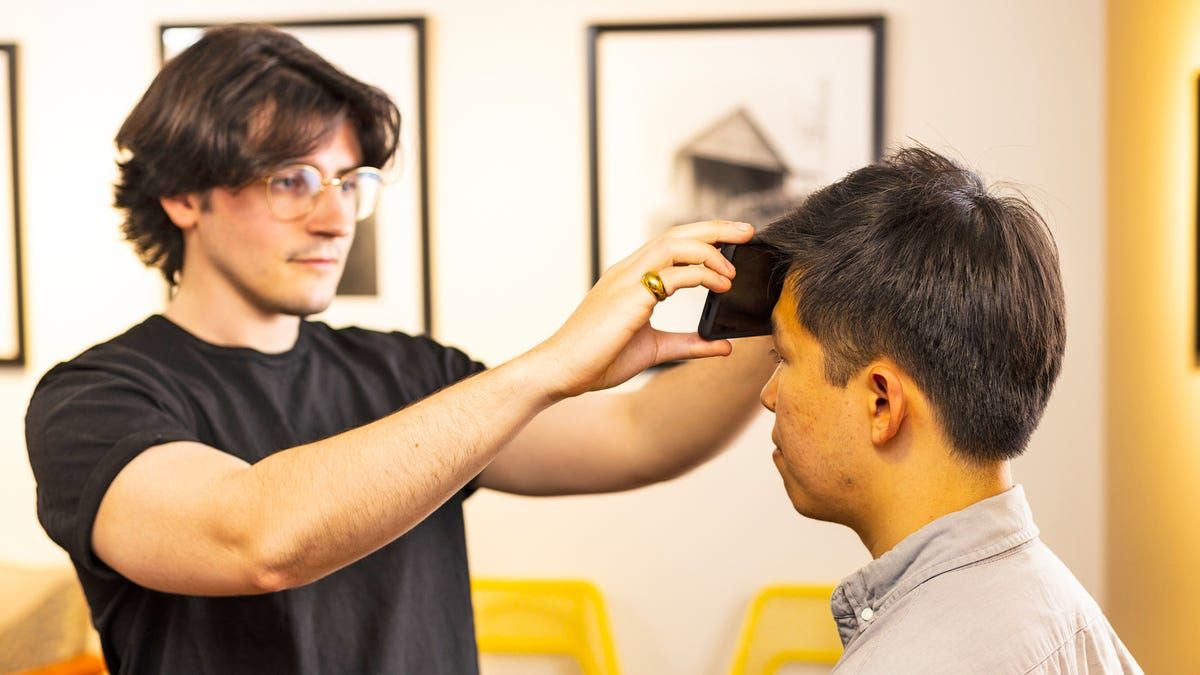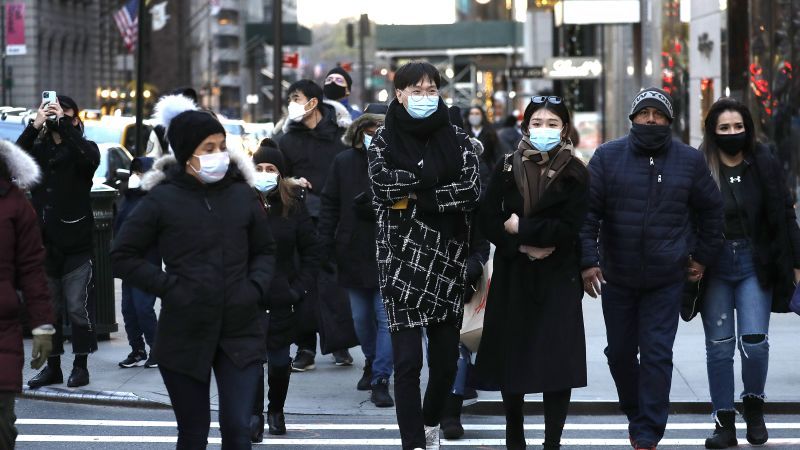Thermometer App for Any Smartphone Developed by Researchers
Device makers have struggled to incorporate temperature sensors into smartphones and smartwatches to turn them into medically accurate body thermometers, but researchers at the University of Washington claim they’ve come up with a way to turn an off-the-shelf smartphone into exactly that– with nothing but a new app. T hey’re calling it FeverPhone.
Although smart wearables like the Apple Watch Series 8 and Apple Watch Ultra can measure a user’s body temperature through newly added sensors, it’s a feature that Apple insists is not yet accurate enough to be used for medical diagnosis or treatment. Instead, both of those devices use temperature measurements to provide users with a better understanding of their sleep patterns throughout the night. Unlike heart rate readings, the Apple Watch still isn’t a digital thermometer that can make accurate temperature readings on demand.
Advertisement
As many of us discovered during the wilder days of the Covid-19 pandemic, non-contact digital thermometers aren’t terribly expensive, but they can quickly sell out when demand for them skyrockets. As a readily available alternative, researchers at the University of Washington turned to smartphones. One key difference: Their solution does not need any added attachments or hardware upgrades. Smartphones already rely on components called thermistors to measure the temperature of the device’s internals, including the battery, in order to activate safety precautions to ensure they don’t overheat. It’s why your iPhone will sometimes show a warning that it needs to cool down before you can safely use it again.
Thermistors, which are also used in medical-grade thermometers, can’t directly measure a user’s body temperature while inside a smartphone, but they can be used to track the amount of heat energy that has been transferred between a user and the mobile device they’re making contact with. To simulate a fevered test subject, the researchers used a sous-vide machine to heat a plastic bag full of water, and pressed the touchscreens of several different smartphones against it, including devices in protective cases, and those using screen protectors. The built-in thermistor was used to measure how quickly the device warmed up during this interaction, and that data was used to train a machine learning model powering the FeverPhone app that can estimate what a user’s body temperature is.
Advertisement Advertisement
Using the FeverPhone app sounds easy enough, but it requires users to hold their device at its corners and press its touchscreen against their forehead for around 90 seconds. This was deemed the ideal amount of time for enough body heat to be transferred to the device, and since the forehead interaction is detected by the touchscreen, it allows the device and the app to know when a measurement is being deliberately made.
Advertisement
During a clinical trial at the University of Washington’s School of Medicine’s Emergency Department, the app was tested by 37 participants, which included 16 with a mild fever, and the results were compared against readings from an oral thermometer. FeverPhone was able to predict a user’s core body temperature with “an average error of about 0.41 degrees Fahrenheit (0.23 degrees Celsius),“ which is on par with the accuracy of home use thermometers, including non-contact options.
The researchers are currently working to improve the app’s accuracy by expanding the number of smartphone models that were used to train its machine learning model, as initially just three different devices were used. But they’re optimistic that it could be trained to work with smartwatches, too, which would actually work much better as their smaller size would allow them to heat up faster and allow for measurements much shorter than 90 seconds. FeverPhone may never be approved as a medical grade thermometer, but it sounds like it will be accurate enough to give users a better idea when they might actually be sick, and should be taking appropriate measures to protect themselves and others.
Source: Gizmodo


